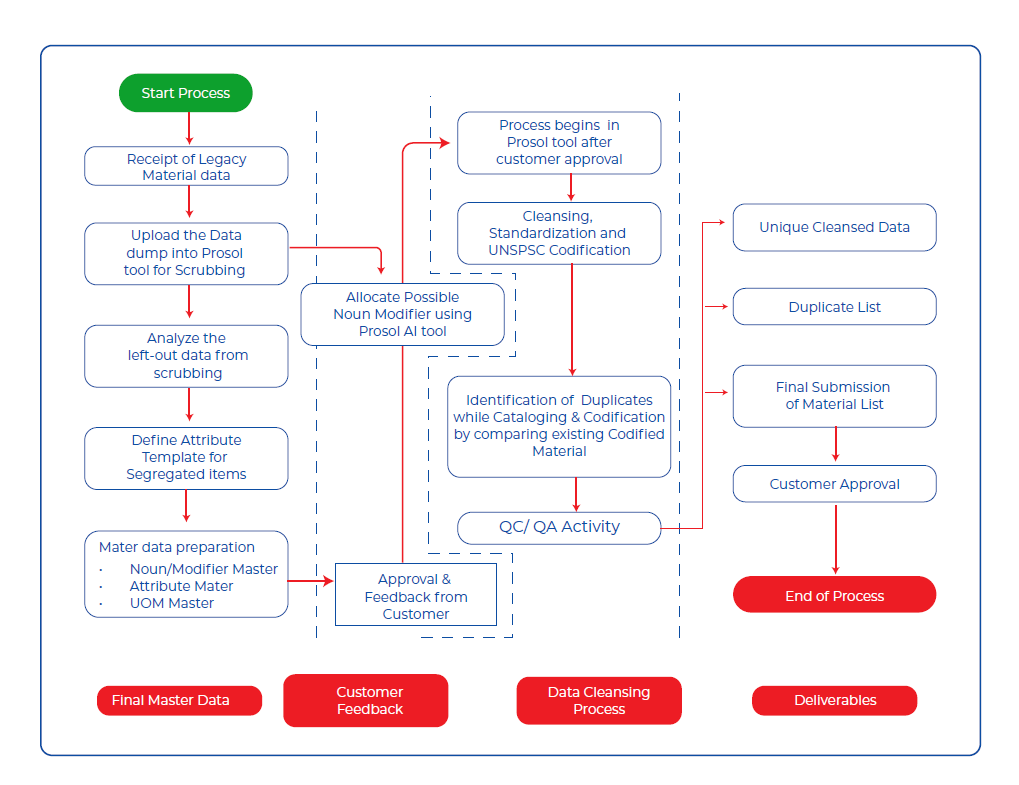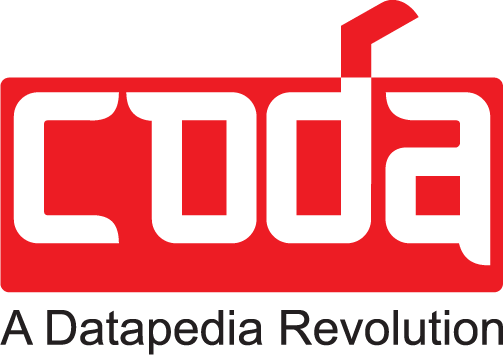About the client
For over seven decades, our client has been a trusted leader in the lead-acid storage battery industry, serving both automotive and industrial sectors. Known for innovation and a vast geographic presence, they operate nine state-of-the-art manufacturing units across India, with seven dedicated to batteries and two to Home UPS Systems. Their global reach includes subsidiaries in the UK, Singapore, and Sri Lanka, with exports to 45 countries across six continents.
Challenges
- Delayed PoC approval.
- Delayed Taxonomy approval.
- Delayed Clarification response.
- Expecting Short Description structure as per their existing logic.
- Delayed Batch approvals.
Business need
Our client aimed to improve the quality and organization of their Material Master data comprising approximately 60,000 materials, through a comprehensive cleansing and enrichment process.
The objective was to structure the data in a unified template and effectively merge duplicates across various business units, ensuring data accuracy, consistency, and operational efficiency.
Project scope
Data Cleansing, Standardization and UNSPSC Codifications.
PROSOL tool implementation for Online Governance.
Integration of PROSOL with SAP system.
Resolution provided & New project initiation
- Cost of inventory was reduced after standardization and de-duplication. Approx. reduction was 5 to 7%.
- Ordering costs also decreased due to improved procurement processes, with better buying descriptions and the addition of missing information.
- Consistency in specifications was ensured, supporting stronger data governance throughout the organization.
Our strategic approach
- Ensuring uniformity and accuracy of master data across the enterprise by utilizing robust data management techniques for creation, maintenance, and replication.
- Applying established business logic rules and standards to validate data.
- Mapping UNSPSC standards at four levels for improved categorization.
- Identifying duplicate items and documenting them in an Excel sheet, leading to a reduction in inventory costs.
- Introducing a data governance tool to enforce standards and improve data management.
- Conducting training presentations on the governance tool to ensure proper usage and understanding.
- Establishing a procedure for the creation of new codes within the system.
- Defining the Book of Rules, including Noun, Modifier, and Taxonomy guidelines.
- Preparing Standard Operating Procedures (SOP) and quality policies to maintain consistency and quality.
- Clearly defining the roles and responsibilities of each participant in the process.
- Continuously monitoring the flow of data to ensure accuracy and compliance.
Master data workflow – Prosol



